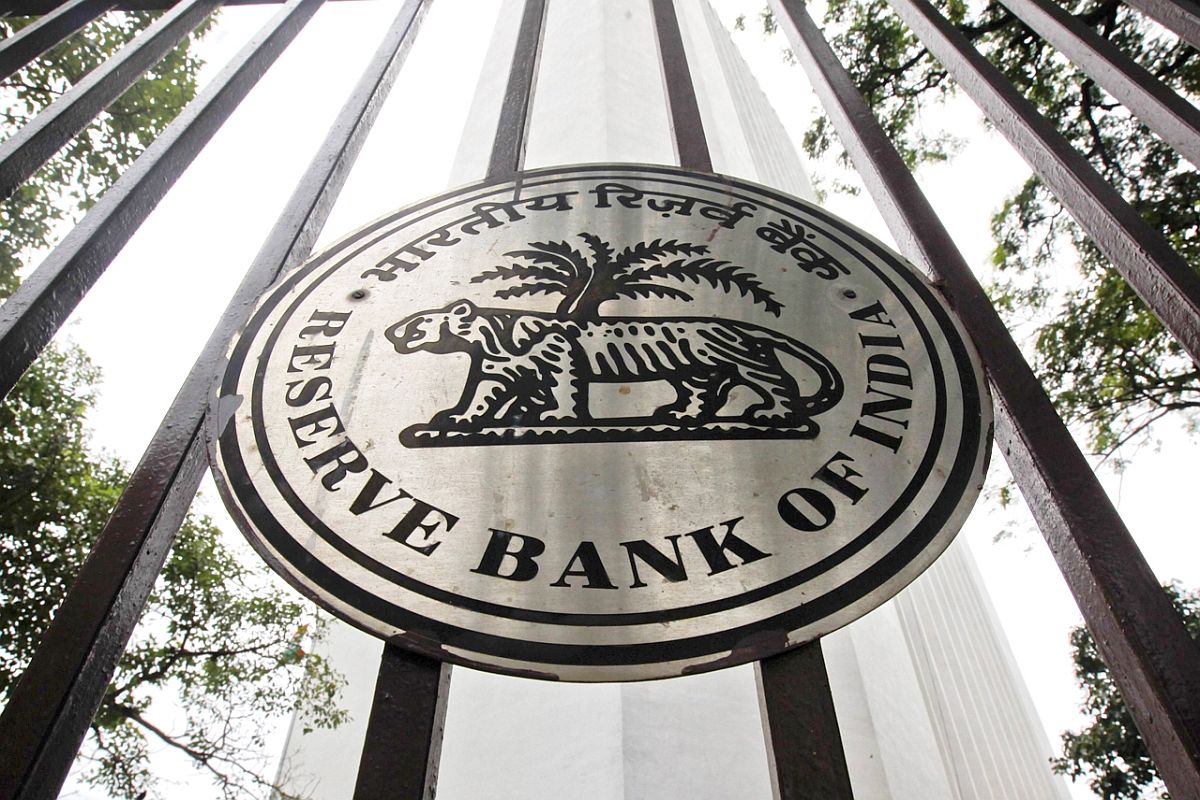The observation of the Reserve Bank of India Governor, Mr Shaktikanta Das that India’s financial system is sound and lenders should not be extremely risk averse is contrary to the general opinion that the country is passing through a severe financial crisis in the wake of the Covid-19 pandemic and the subsequent lockdowns which have led to an acute liquidity crunch.
In the foreword to the RBI’s bi-annual Financial Stability Report (FSR), Mr Das has observed: “The financial system in India remains sound, nonetheless, in the current environment, the need for financial intermediaries to proactively augment capital and improve their resilience has acquired top priority.”
However, the FSR report itself says that gross nonperforming assets (GNPAs) of all banks may jump to 12.5 per cent by the end of this fiscal, up from 8.5 per cent in March 2020. A rising trend of non-performing assets is by no stretch of imagination indicator of a sound financial system and such a situation does not encourage lenders to lend more.
The report has also stated that in case of any worsening of the macroeconomic situation, which is quite likely, the ratio may escalate to 14.7 per cent by March 2021.
The regulatory dispensations that the coronavirus pandemic have necessitated from time to time in terms of moratorium on loans and deferment of interest payments may further impact the financial health of banks during the days to come, the RBI report has observed.
Under such circumstances it is difficult for lenders to become risk lovers rather than risk averters.
The FSR report has observed that five banks may not be able to meet the minimum capital level by March 2021 in a very severely stressed scenario. It has also cautioned that the common equity tier I (CET 1) capital ratio of banks may decline from 11.7 per cent in March 2020 to 10.7 per cent under the baseline scenario and to 9.4 per cent under the very severe stress scenario by the end of this financial year.
Besides, given the present trends, it is difficult to understand how the RBI Governor sees signs of a gradual recovery from the nationwide lockdown in his foreword to the FSR report. Lockdowns are now being implemented at the state level and increasingly. Several states have extended their lockdown periods, while others have whimsically arrived at lockdown methods that are economically unsound.
The West Bengal Government has just implemented strict lockdowns for two days every week, which has virtually made five-day weeks the norm for banks. Banking hours have also been reduced to four hours a day.
These measures will impact banking operations and worsen the liquidity crunch. Such trends do not support the RBI Governor’s optimism about the recovery from the economic crisis.
Admittedly, when credit growth is on the decline and the crisis is aggravating, authorities should attempt to boost the sagging sentiments of people. But the head of the central bank is not a politician; his statements should be based on facts.










